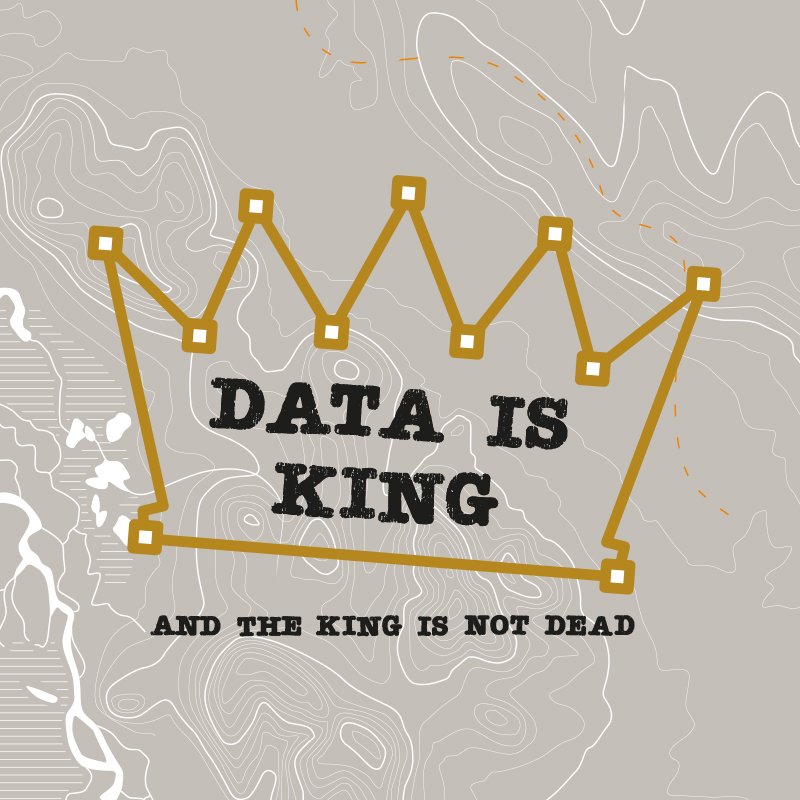
Building Information Modelling (BIM) is only as good as the data that underpins it
At Landmark, when we’re asked to explain BIM to our investors, we can easily tell them that it’s a collaborative way of working, underpinned by digital technologies, shared information models, and reliable and licensed data. But what does that mean and which bit is important?
Collaboration is important to ensure coverage is complete, timelines are hit and compliance is met. What about sharing and technology tools? Again, these are great at the planning and validation stage, but what’s the most important part; the thing that needs to be correct? Data. If it’s flawed at the start, it can slow the whole project down and ultimately cost everyone time and money if it’s wrong.
Accurate data is more important than cheap data
There is much talk about open data in the market. In fact, we frequently have conversations with our customers about what we could provide them to be more cost-effective. The resounding message we receive back is that they don’t want cheap data; they want accurate data. This is important whether you’re working on a £5,000 extension or a £5m commercial build.
Beware of dated information
All this data does, however, bring a huge information management requirement. After all, as projects progress and time moves on, factors can change and therefore the data needs to be regularly updated and maintained. It is imperative that such updates are fed into projects to make them truly about the lifecycle, not just the construction phase. Without doing so, you run the risk of drawings, planning applications or other elements being based on dated, inaccurate information, which may impact on the overall validity of the model. This is where information management comes into play.
We understand ‘big data’
Collating all the information for a construction project is an absolutely huge task. Managing any big data project requires a huge amount of coordination, backed up by robust software and technology. As an organisation, this is Landmark’s strength. We have one of the largest geographical and environmental information databases in Europe, and our Solutions division manages the data and services of a number of critical government services. We understand the implications of big data and what it takes to make it work.
Ordnance Survey Mapping and Environmental Data Webinar
Join our webinar on 20th September at 2pm looking at Ordnance Survey Mapping and Environmental Data. During the 1-hour CPD webianr we’ll be exploring the advancements in Mapping data for CAD and the data that is available to layer over it when completing your site investigations.
We will explore:
- Range of different mapping layers
- 3D Visualisation and Height Data Models
- Flooding and contamination data
- Reports for planning and utilities